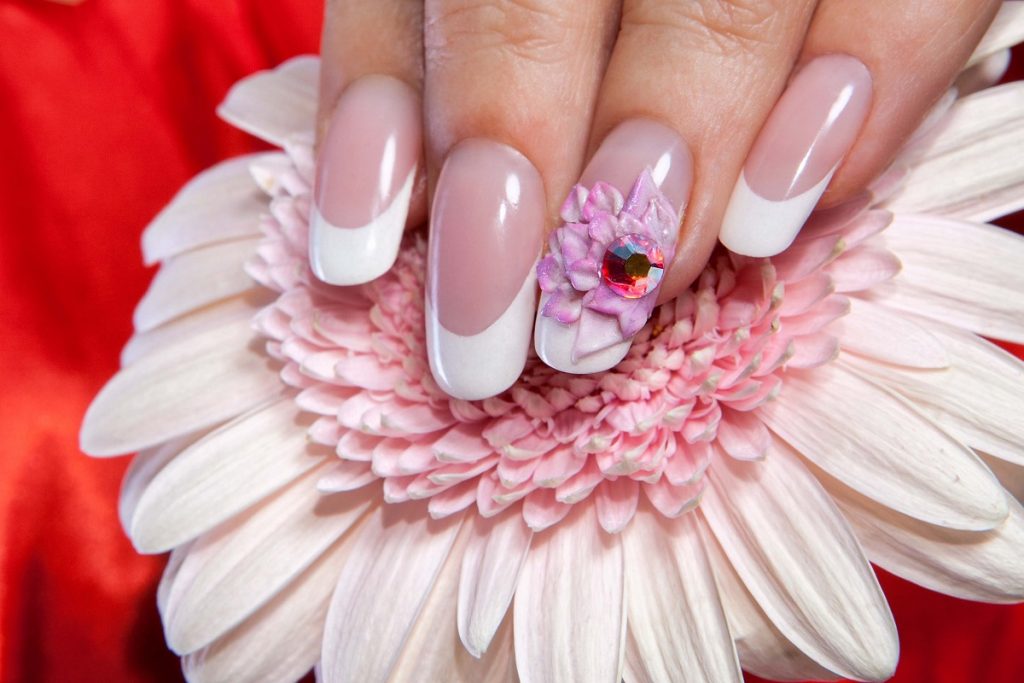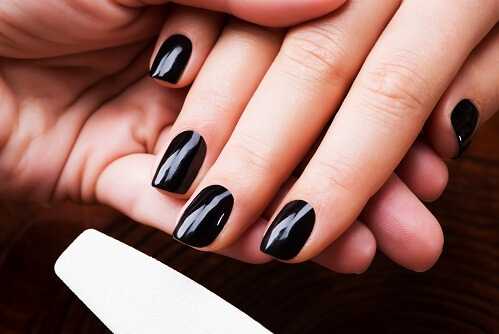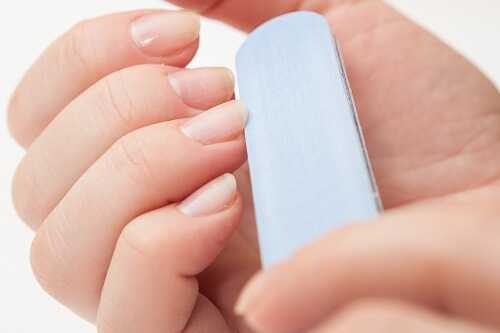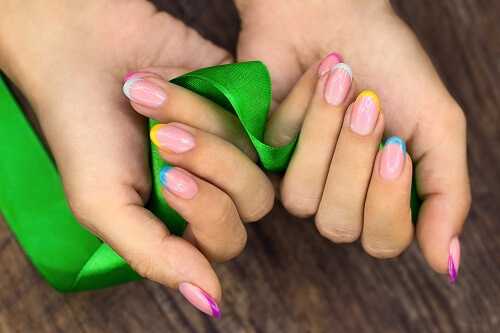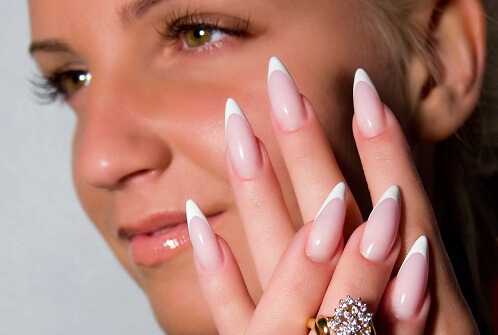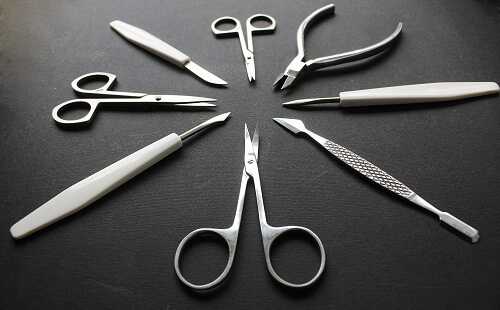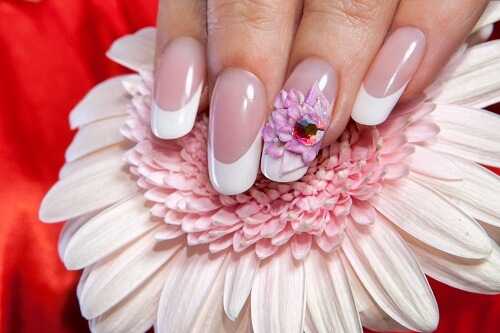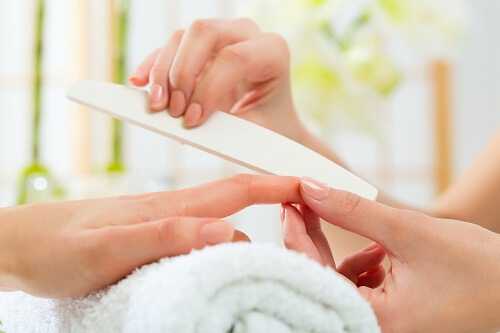Fingernails come in all different shapes and sizes, but sometimes we aren’t happy with the hand (literally) we’ve been dealt. The good news is that nails are easy to form into just about any shape you desire.
Some people shape their nails for cosmetic reasons while others, like classic guitar players, shape their nails for functional reasons. The following techniques will help you shape your nails easily, safely, and effectively no matter what your motivations.
1. Straighten Side Walls
If you want square, oval, rounded, or almond-shaped nails, then you need to start by straightening the side walls. All of these shapes begin as a square and that requires you to file the sides of your nails until they are perfectly parallel to one another. When you have straightened the sides of your nails, then can you begin shaping the tips.
2. Square First
After you have shaped the side walls of your nails, you can go ahead and file the top off to make a perfect square. Some people sticks with this shape, but it can be difficult to pull off.
Square nails are better suited to long, narrow fingers because they tend to make fingers look shorter. Square nails are also the starting point for most of other shapes (except the pointed shape).
A square is most easily achieved with a medium-grit (150) file. So make sure you invest in a high quality file first.
Read also – 10 Salon Beauty Treatments You Should Never Try at Home
3. Squoval
The squoval is just a rounded-off square and is a common shape that many people use. The squoval is a nice adaptation of the square for people with shorter fingers because it doesn’t make them look stubby. Start with the square as above, then gradually take off the corners until you are pleased with the look.
Be careful to alternate your filing, taking a little from each corner and rather than just filing one down to where you think it should be and then moving on to the next. Alternating between one side and the other will help you get the shape you want without taking off too much nail.
4. Oval or Almond
The oval and almond shapes are pretty much the same. To produce either, start with the squoval and file in toward the center of the nail with each stroke.
Work slowly, these shapes are hard to make even and if you take too much off of one side. It may help to create a pattern out of paper and then trace that onto your fingernail with a pencil to ensure you get the shape you want.
5. Pointed
The pointed nail is the only one that does not start with side wall straightening first. It is also the least common shape in the West, having gained more notoriety in Eastern Europe and Russia. The pointed shape is used to make short fingers look longer and more slender.
To create the point, it can be useful to sketch the desired shape onto the nail with a pencil. Start filing slowly, taking care to never file through the marks you have made.
You want to file right up to them, but never through them. This will produce an even, perfectly tapered point.
6. Tools of the Trade
When it comes to shaping nails, if you want to do it right, you need the right tools. Start with an orange stick, which you use for pushing down cuticles (never cut your cuticles). Next purchase several files of differing grits.
Whether you go with metal or emery board is up to personal preference (cushioned boards are easier on your nails), but choose quality tools either way. Decide if you want to use manicure scissors or clippers to trim your nails.
Scissors offer more precision, but are also more difficult to use. You are more prone to injury with scissors, so use them with caution.
7. File at an Angle
Always angle your file so that you file more of the under part of the nail than the surface. This will help to bevel your nail, which will protect it from chipping and peeling. Angling the file also helps to ensure that you don’t take off too much nail with any one stroke.
Read also – 10 Steps to a Perfect French Manicure
8. Direction Matters
Never saw back and forth on your nails. Sawing will not only make it difficult to obtain an accurate shape, but can actually weaken your nails.
Instead of using a sawing motion, start at the outer edge of the nail, push the file in toward the center, and then move to the other side and do the same. This will keep the nail even and prevent damage.
9. Moisturize
Moisturizing your nails may seem to have little to do with shaping, but there is a connection. Hydrated nails are less prone to cracking, peeling, and hangnail formation, all of which make hydrated nails easier to file and shape.
Moisturize daily and immediately after filing. You should also moisturize your hands and nails every day before you go to bed. You hands will look younger for many years to come.
10. Nail Polish
Putting a clear polish on before you file can actually make the job easier. The polish will protect your nails from cracking and peeling while providing a little extra substance to slow down your progress as you file. Using a color may even make it easier for you to see the shape of your nail.
The key to good looking nails is patience. Use a fine grit file as much as possible so that you take less off with each stroke and to reduce the risk of cracks and chips. Before you start to file your nails, take stock of your finger shape and length.
Some nail shapes, as mentioned above, are more suited to certain finger shapes than others. If you aren’t sure which shape is for you, start with the most conservative, the square, and modify that shape until you are happy.
What are your techniques for shaping your nails?

